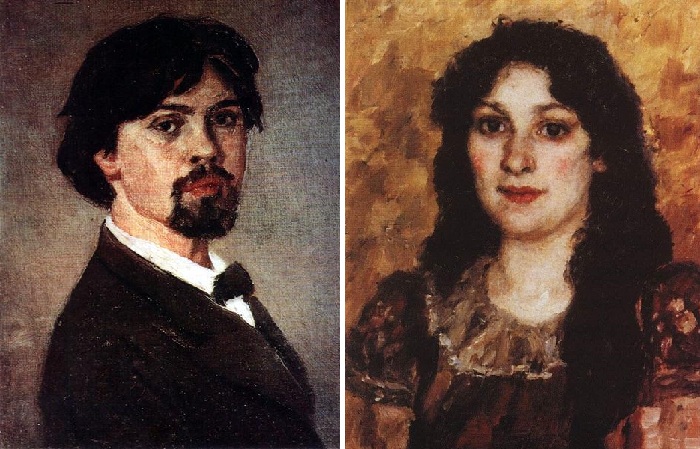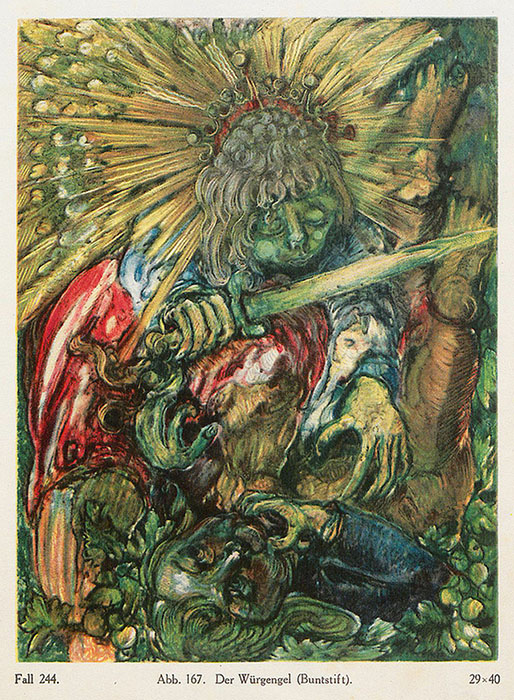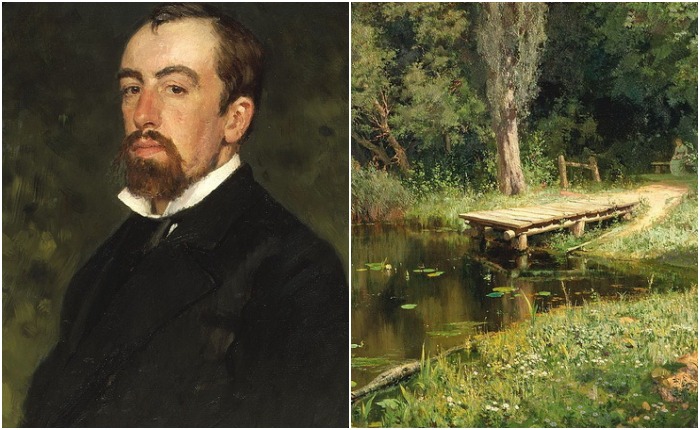voluminous scenes
How the primitive paintings of Grandma Moses influenced the course of the Cold War
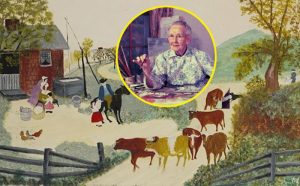 Having crossed the age limit for 60 years, many no longer expect any fateful changes from life and quietly live out their lives. However, history knows many cases when older people achieved tremendous success at a very respectable age. Most often this happened when they took up brushes and paints. So, one of the most popular artists of America in the mid-twentieth century – Grandmother Moses, who first painted at 76, had a stunning world-wide fame as a painter for her 100th birthday and was drawn into the intrigues of American propaganda.
Having crossed the age limit for 60 years, many no longer expect any fateful changes from life and quietly live out their lives. However, history knows many cases when older people achieved tremendous success at a very respectable age. Most often this happened when they took up brushes and paints. So, one of the most popular artists of America in the mid-twentieth century – Grandmother Moses, who first painted at 76, had a stunning world-wide fame as a painter for her 100th birthday and was drawn into the intrigues of American propaganda.
Grandmother Moses (1860-1961), whose real name is Anna Mary Moses, nee Robertson, is a well-known American amateur artist, one of the most famous representatives of primitivism in the history of painting in the United States. The farmer’s wife and mother of 10 children, five of whom died before reaching the age of one, became famous when she was over eighty. Continue reading
Two brides for one groom: The riddle of a picturesque plot about the mystical betrothal of St. Catherine
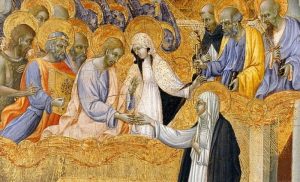 Among the works of Renaissance masters and later periods in the history of painting, there are often those that depict “the mystical betrothal of St. Catherine.” At the same time, the essence of what is happening may seem vague – after all, betrothal in the usual sense of modern man does not occur on canvas. It turns out that two different women could be brides in such paintings, but the groom is always alone.
Among the works of Renaissance masters and later periods in the history of painting, there are often those that depict “the mystical betrothal of St. Catherine.” At the same time, the essence of what is happening may seem vague – after all, betrothal in the usual sense of modern man does not occur on canvas. It turns out that two different women could be brides in such paintings, but the groom is always alone.
First bride – St. Catherine of Alexandria
St. Catherine of Alexandria lived in Egypt in the 3rd century AD. Before the adoption of Christianity, she bore the name of Dorothea and was the daughter of the ruler of Alexandria. The girl was famous for her extraordinary beauty, wisdom, spiritual qualities, and was, of course, an enviable bride, but in grooms she wanted only the most worthy – the one who will surpass her in everything. Then Catherine’s mother took her to the old hermit, who was praying in a cave near the city. He told the girl that he knew the one who is better in everything. Continue reading
Two seasons of love by Paul Gauguin: Virtuous Danish and passionate Tahitian
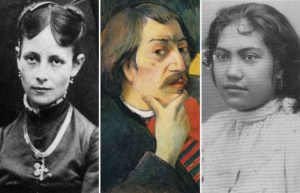 Paul Gauguin was passionate and enthusiastic, he could instantly be inflamed with passion, but his feelings passed as quickly as they appeared. Only two women left a deep mark on the soul and work of the artist. Matte and Tekha’mana were complete opposites: a white-skinned practical Danish and a dark-skinned obedient Tahitian. With one, he lived 12 years and became the father of five children, the other gave him one child, but only for a short time lit up his life.
Paul Gauguin was passionate and enthusiastic, he could instantly be inflamed with passion, but his feelings passed as quickly as they appeared. Only two women left a deep mark on the soul and work of the artist. Matte and Tekha’mana were complete opposites: a white-skinned practical Danish and a dark-skinned obedient Tahitian. With one, he lived 12 years and became the father of five children, the other gave him one child, but only for a short time lit up his life.
Family joys
Paul Gauguin met Matte-Sophie Gad in 1872. The young Danish was a member of the family of Gustave Arosa, who was a friend of the late mother of the artist. It was with his help that Paul Gauguin was able at one time to get the position of a stock broker and secure a quite decent financial position. Continue reading
